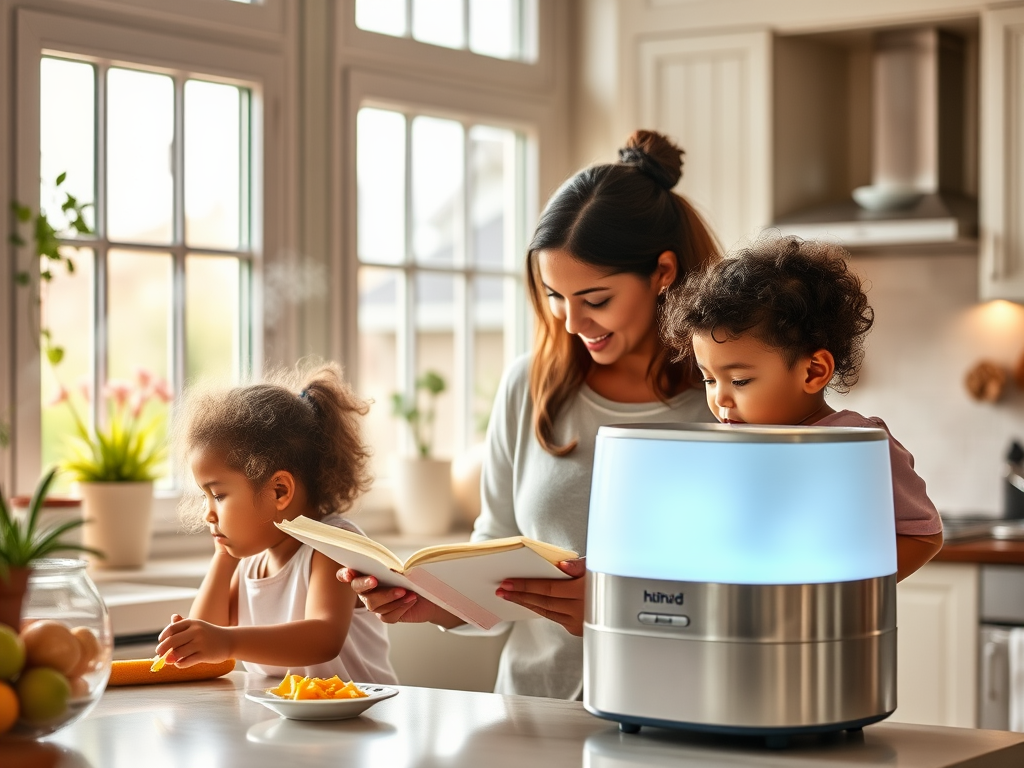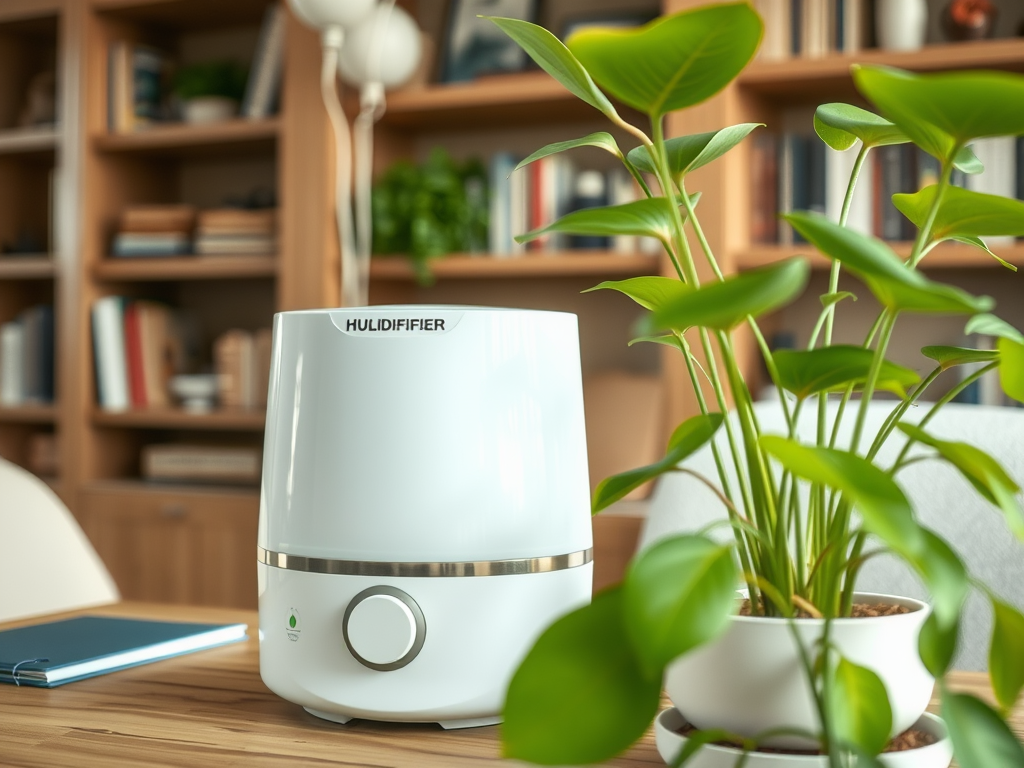Maintaining optimal humidity levels in your home is not just about comfort; it’s also a critical factor in energy conservation. As temperatures fluctuate between seasons, many homeowners find themselves battling dry air indoors, leading them to consume more energy for heating. A whole house humidifier can be the perfect solution, as it not only enhances comfort but also contributes significantly to lowering energy costs. By introducing moisture, these systems facilitate a more efficient heating process, allowing your home to retain warmth without over-relying on your furnace. This article dives deep into the benefits of whole house humidifiers, their features, and specific models designed for energy efficiency.
Whole house humidifiers operate on the principle of distributing ambient moisture throughout your home via your heating and cooling system. With various types available, each with unique mechanisms, they optimize air quality in a way that portable humidifiers often cannot match. While the latter may be easier to set up and use for small areas, whole house systems can seamlessly manage humidity levels throughout every room. This advantage translates not only into increased comfort but also into reduced energy consumption. In the quest for sustainable living, these devices showcase a remarkable synergy between personal comfort and environmental mindfulness.
What is a Whole House Humidifier?

A whole house humidifier is a centralized system that connects directly to your home’s HVAC system or operates independently to maintain optimal humidity levels across all rooms. Unlike portable humidifiers, which may use excessive energy in smaller spaces, whole house models distribute moisture evenly and efficiently. They come in various types, such as evaporative, steam, and bypass humidifiers, each with distinct operational methods and energy consumption profiles. The broad coverage of these systems can lead to significant energy savings and improved indoor air quality.
Benefits of Whole House Humidifiers for Energy Conservation

- Improved Comfort Levels: Proper humidity reduces the feeling of dryness, allowing you to maintain comfortable temperatures with less energy.
- Reduced Heating Costs: Maintaining optimal humidity levels means your heating system doesn’t have to work as hard, resulting in lower energy bills.
- Long-term Savings: Investing in a whole house humidifier can yield cost savings over time through reduced energy consumption.
- Environmental Benefits: Utilizing less energy contributes to a smaller carbon footprint, aligning with modern green living practices.
Key Features to Consider When Choosing a Whole House Humidifier
When purchasing a whole house humidifier, several key features must be considered to ensure energy conservation and optimal performance. One of the foremost aspects is the capacity of the humidifier, which should match your home’s square footage. Additionally, evaluating the energy efficiency ratings of models can help you make a choice that minimizes electricity usage. Maintenance should also be part of your decision-making process; units that require less frequent filter changes can reduce both time and costs over time.
| Type of Humidifier | Energy Efficiency | Maintenance Needs |
|---|---|---|
| Evaporative | High | Low; frequent filter replacements |
| Steam | Moderate | High; requires regular cleaning |
| Bypass | High | Moderate; periodic water panel replacement |
Top Whole House Humidifiers for Energy Efficiency
Choosing the right whole house humidifier can be overwhelming due to the multitude of options available. However, certain models shine when it comes to energy efficiency and user satisfaction. Here’s a concise list of some of the top products in this category:
- Aprilaire 700: Known for its efficiency and ability to cover large areas effectively.
- Honeywell Home HE120: A budget-friendly option that doesn’t compromise on performance.
- Lennox Healthy Climate: Combines advanced technology with high energy efficiency ratings.
Installation and Maintenance Tips for Energy Efficiency
Proper installation and maintenance are crucial for maximizing the energy-saving capabilities of your whole house humidifier. First, ensure that it is installed in an optimal location within your HVAC system to facilitate ideal airflow. Additionally, routine maintenance such as cleaning the unit and replacing filters can significantly improve performance and efficiency. Monitoring humidity levels using a reliable hygrometer can also help ensure that your humidifier runs only when needed, conserving energy.
Conclusion
In summary, whole house humidifiers present an excellent solution for addressing indoor humidity levels while supporting energy conservation. By improving comfort, reducing reliance on heating systems, and promoting environmental sustainability, these devices are a wise investment for any homeowner. As you consider purchasing a whole house humidifier, factors such as size, energy efficiency, and maintenance needs should guide your decision. Ultimately, making an informed choice can lead to both immediate comfort and long-term energy savings for your home.
Frequently Asked Questions
- What is the ideal humidity level for energy conservation? The ideal indoor humidity level is typically between 30% and 50% for optimal energy efficiency.
- Can a whole house humidifier reduce energy bills? Yes, by maintaining proper humidity levels, a whole house humidifier can reduce heating bills and improve comfort.
- How do I choose the right size whole house humidifier for my home? Consider the square footage of your home and the manufacturer’s recommendations on capacity.
- Are there any maintenance tips I should follow? Regularly replace filters, clean the unit, and monitor humidity levels to maintain efficiency.
- Do whole house humidifiers require a lot of energy to operate? Modern whole house humidifiers are designed to be energy-efficient, especially when properly sized and maintained.
